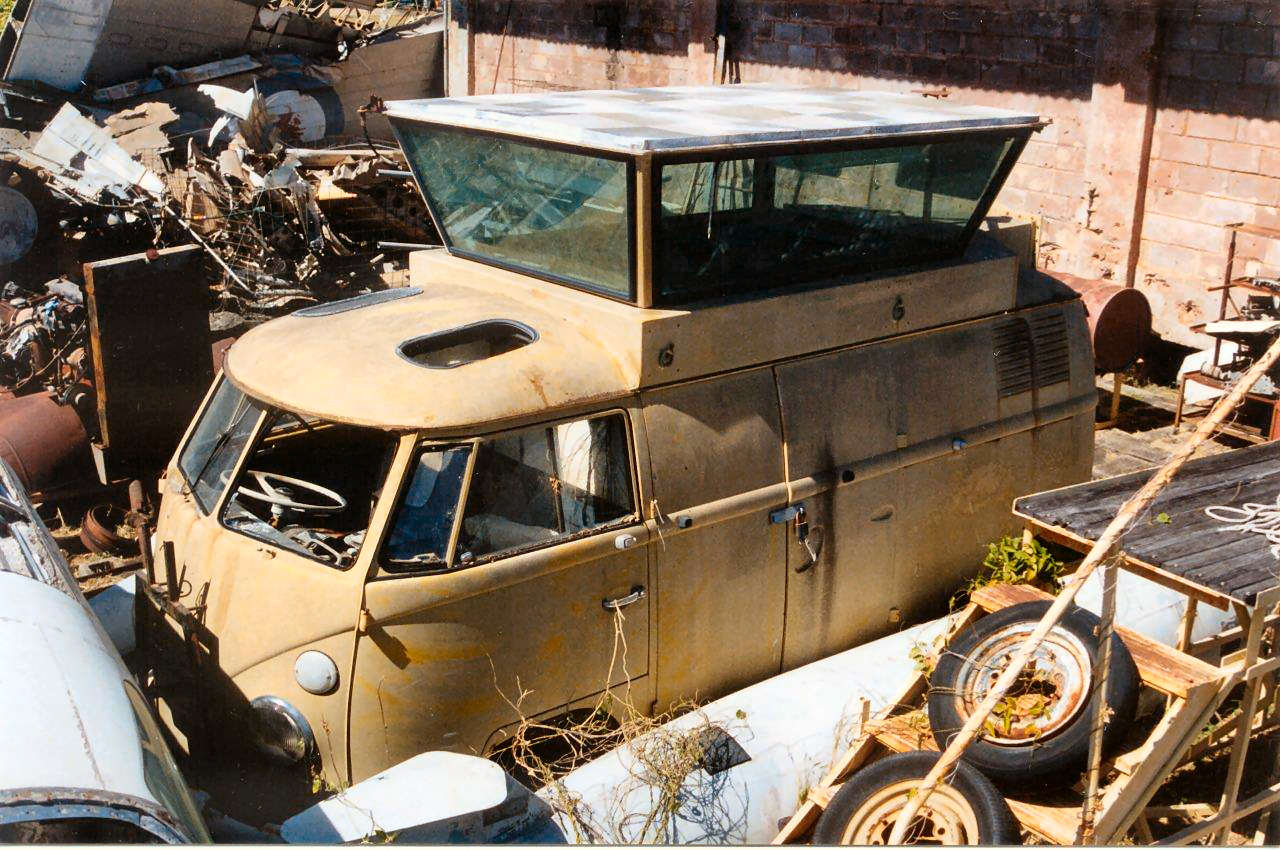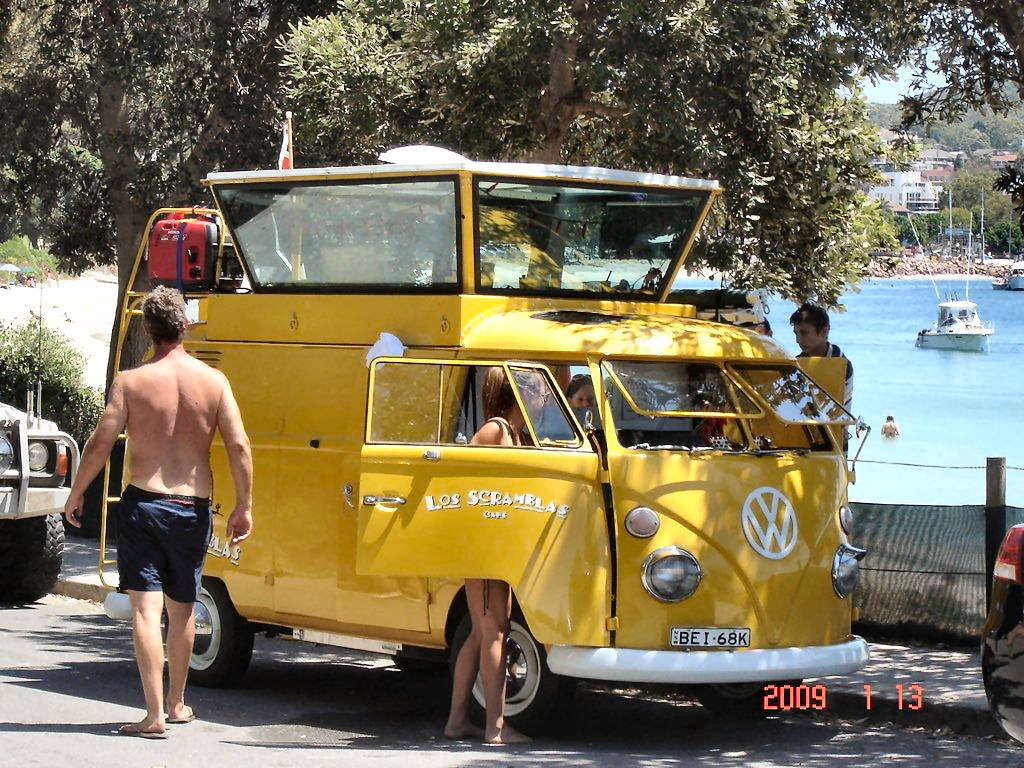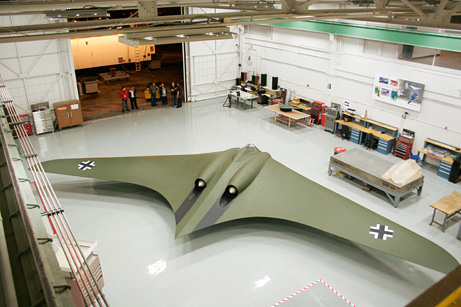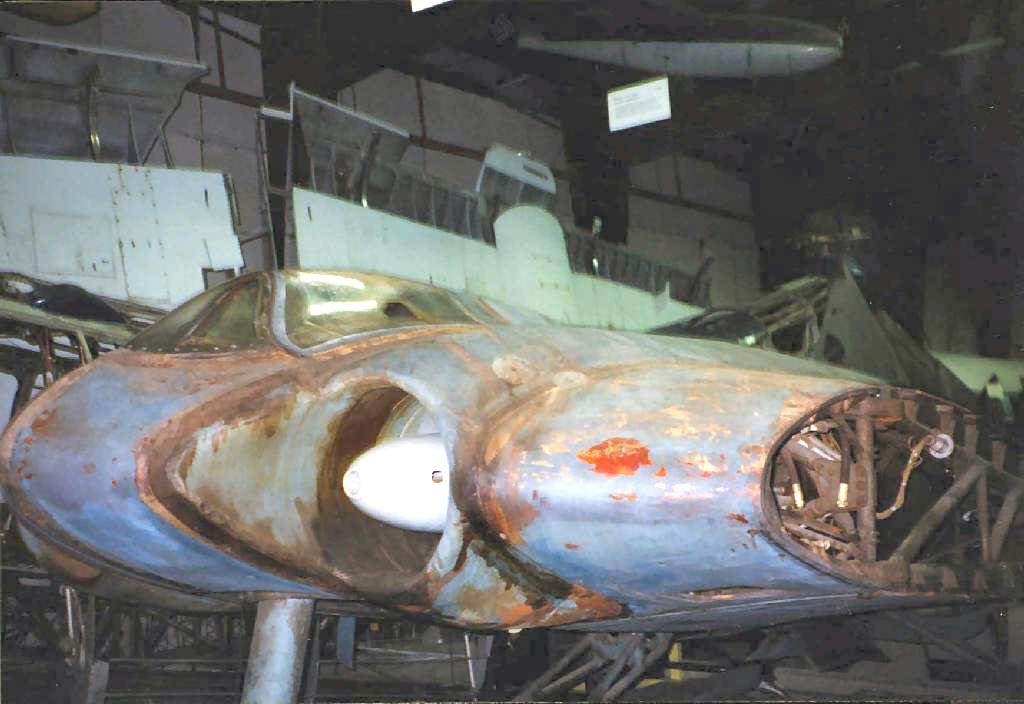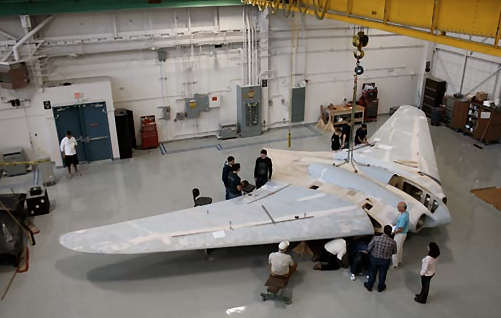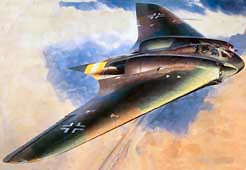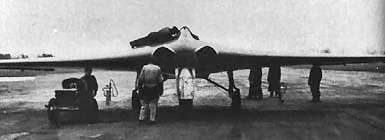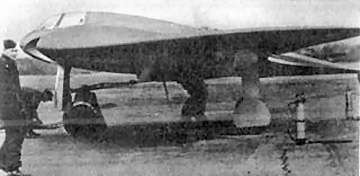|
Radschool Association Magazine - Vol 30 Page 10 |
|
|
Privacy Policy | Editorial Policy | Join the Association | List of Members | Contact us | Index | Links | Print this page |
|
|
The RAAF Kombi
We had a story on the RAAF control Kombis in Vol 28 and Vol 29. Ken Hodge saw the stories and he writes.
Andre was an army pilot who flew twin otters in Darwin and had a great love for Volkswagen Kombis.
Andre took the Kombi South when he was posted out but later offered it to the NT Aviation Historical Society when he was arranging to sell it.
For reasons only known to the Society Committee, the offer to purchase was refused and the Kombi rested in a junk yard for quite a while.
|
|
|
|
|
|
It is now a takeaway food outlet in the Port Stevens area on the NSW coast and is owned by Luke Bridgford. It trades under the name of “Los Scramblas” and you can read about it HERE.
If you want more info, contact the owner on 0466 343 133. |
|
|
Hitler’s Stealth Fighter/Bomber
National Geographic News
It has probably been forgotten by a lot of people, or perhaps not even known, that Hitler was close to introducing an advanced jet powered fighter/bomber aircraft towards the end of WWII. First flown in January 1945, from a remote airfield deep inside Nazi Germany, the Horten 2-29 (HO 2-29), as it was known, was the innovative design of Walter and Reimar Horten, both former Luftwaffe officers. Generations ahead of its time, the HO 2-29 had been designed to be a lethal fighter-bomber and more importantly, virtually undetectable to Allied radar. The test programme showed the HO 2-29 to have outstanding speed and handling characteristics but development was halted when US troops overran the research facility.
|
|
|
|
|
|
|
|
|
In July 25, 2009, at a Northrop Grumman facility in California, top stealth-plane experts made a full-size, though flightless, replica of a HO 2-29, aka Hitler's stealth fighter, (photo above), which was created for a documentary which aired on the National Geographic Channel.
Engineers of the Northrop-Grumman Corporation had long been interested in the Ho 2-29, and several of them visited the Smithsonian facility in Silver Hill, Maryland in the early 1980s to study the V3 airframe. In early 2008, Northrop-Grumman paired up with award-winning television documentary producer Michael Jorgensen, another long-time fan of the aircraft, and the National Geographic Channel to produce a documentary to determine whether the Ho2-29 was, in fact, the world's first true "stealth" fighter-bomber.
Apart from making the aircraft for the documentary, the engineers wanted to know whether the so-called stealth fighter was truly radar resistant. In the process, they uncovered new clues to just how close Nazi engineers were to unleashing a jet that some say could have changed the course of the war. They used original Nazi blueprints and the only surviving HO 2-29, which has been stored in a U.S. government facility for more than 50 years.
The team of engineers from Northrop-Grumman ran electromagnetic tests on the aircraft’s multilayer wooden centre-section nose cones. The cones are 19 mm (¾ inch) thick and made up of thin sheets of veneer. The team concluded that there was indeed some form of conducting element in the glue, as the radar signal slowed down considerably as it passed through the cone.
How would Hitler's stealth fighter have affected the outcome of World War II, had the plane made it to mass production? Determining the Horten's stealth capabilities could help reveal what might have happened if the Ho 2-29 had been unleashed in force.
The engineers tested the aircraft against World War II style radar and found that World War II British radar would have picked up the Horten over the English Channel at about 80 miles (129 kilometres) out, versus 100 miles (160 kilometres) for a conventional World War II fighter. But because of the HO 2-29's tremendous speed, the time from detection to target, the British mainland, would have been lowered from the usual 19 minutes to just 8 minutes, making it difficult for Allied defenders to respond.
|
|
|
Did you hear about the two blondes who froze to death in a drive-in theatre? They had gone to see 'Closed for the winter'.
|
|
|
History of the HO 2-29
In the early 1930s, the Horten brothers had become interested in the flying wing design as a method of improving the performance of gliders. The German government was funding glider clubs at the time because production of military aircraft was forbidden by the Treaty of Versailles after World War I. The flying wing layout removes any "unneeded" surfaces and, in theory at least, leads to the lowest possible drag. A wing-only configuration allows for a similarly performing glider with wings that are shorter and thus sturdier, and without the added drag of the fuselage. The result was the Horten H.IV glider.
In 1943, Göring issued a request for design proposals to produce a bomber that was capable of carrying a 1,000 kg (2,200 lb) load over 1,000 km (620 mi) at 1,000 km/h (620 mph); the so called 3 X 1000 project. Conventional German bombers could reach Allied command centres in Great Britain, but were suffering devastating losses from Allied fighters. At the time there was simply no way to meet these goals — the new Junkers Jumo 004B turbojets could give the required speed, but had excessive fuel consumption.
The Hortens felt that the low-drag flying wing design they had worked on back in the 1930’s could meet all of the goals: By reducing the drag, cruise power could be lowered to the point where the range requirement could be met. They put forward their private project, the HO IX, as the basis for the bomber. The Government Air Ministry approved the Horten proposal, but ordered the addition of two 30 mm cannon, as they felt the aircraft would also be useful as a fighter due to its estimated top speed being significantly higher than that of any Allied aircraft.
A HO 2-29 prototype made a successful test flight just before Christmas 1944. But by then time was running out for the Nazis, and they were never able to perfect the design or produce more than a handful of prototype planes.
The all-wing HO 2-29 looked more like today's B-2 bomber or something from a Star Wars prequel, than like any other World War II aircraft. Made primarily of wood and powered by jet engines, the plane was designed for speeds of up to 600 miles an hour (970 kph).
Armed with four 30mm cannons and two 500-kilogram (1,100-pound) bombs, the planned production model was also meant to pack a punch.
But the Ho 2-29 design was far from perfect.
World War II era jet engines were unreliable, for one thing. For another, the lack of stabilizing vertical surfaces, a bane of all-wing designs, past and present, resulted in frequent lurches, making sharp shooting and accurate bomb delivery that much harder. In a different place and time, with further development, the promising Horten 2-29 might have made a difference. Had Hitler's stealth fighter made it into mass production, the plane could have changed to course of the war in Europe, but by early 1945, the Germans had run out of pilots, petroleum, and time.
The HO 229 was of mixed construction, with the centre pod made from welded steel tubing and wing spars built from wood. The wings were made from two thin, carbon-impregnated plywood panels glued together with a charcoal and sawdust mixture.
Many years after the war, Reiman Horton said he mixed charcoal dust in with the wood glue to absorb electromagnetic waves which could have shielded the aircraft from detection by British early warning ground-based radar known as Chain Home. In the modern era, after "stealth" gained prominence in the public and military arenas, it became obvious that design choices natural for a flying wing would reduce the radar cross-section, but there is nothing in surviving blueprints or other wartime documents to suggest the Hortens had any idea that their design would result in a "stealthy" aircraft. In a 1950 document, Horten brought up the possibility that their design may have some such benefits, but the document specifically mentioned reduced detection (visual and radar) as opposed to specifically defeating Chain Home.
However, a jet powered flying wing design such as the Horten would naturally have a smaller radar cross-section than a conventional WWII era twin engine aircraft. With its wings blended into the fuselage, no large propeller disks (usually metal), vertical and horizontal tail surfaces, etc., it is natural for a flying wing to appear "more stealthy", as opposed to being designed as a stealth aircraft.
The aircraft’s wing had a single main spar, penetrated by the jet engine inlets, and a secondary spar used for attaching the elevons. It was designed with a 7g load factor and a 1.8x safety rating; therefore, the aircraft had a 12.6g ultimate load rating. The wing's chord/thickness ratio ranged from 15% at the root to 8% at the wingtips. Control was achieved with elevons and spoilers. The control system included both long span (inboard) and short span (outboard) spoilers, with the smaller outboard spoilers activated first. This system gave a smoother and more graceful control of roll than would a single spoiler system.
The aircraft utilized retractable tricycle landing gear, with the nose wheel coming from an He 177's main gear. A brake parachute slowed the aircraft upon landing. The pilot sat on a primitive ejection seat. It was originally designed for the BMW 003 jet engine, but that engine was not quite ready and the Junkers Jumo 004 engines were substituted.
The Horten - being pre-flighted.
Göring believed in the design and ordered a production series of 40 aircraft even though it had not yet taken to the air under jet power. The first flight proved very successful and the aircraft displayed very good handling qualities with only moderate lateral instability (a typical deficiency of tailless aircraft). While the second flight was equally successful, the undercarriage was damaged by a heavy landing caused by deploying the brake parachute too early during the landing approach.
A few weeks later disaster struck during the third test flight. After a flight time of around 45 minutes, at an altitude of about 2,500ft, one of the Jumo 004 turbojet engines developed a problem, caught fire and stopped. The pilot was seen to dive the aircraft and pull up several times in an attempt to re-start the engine and save the precious prototype aircraft. The aircraft eventually crashed just outside the boundary of the airfield and the pilot was thrown from the aircraft and hit a large tree and was killed instantly. The prototype aircraft was completely destroyed.
Despite of this setback the project continued with sustained energy and in March 1945 it was included in the "wonder weapons" program
During the final stages of the war, the U.S. military initiated Operation Paperclip, which was an effort by the various intelligence agencies to capture advanced German weapons research, and to deny that research to advancing Soviet troops. A Horten glider and the Ho 229 V3, which was undergoing final assembly, were secured and sent to Northrop Corporation in the United States for evaluation. Northrop was chosen because of their experience with flying wings, inspired by the Horten brothers' pre-war record setting glider. They had been building flying wings since the N-1M in 1939.
Statistics:
|
|
|
Type: Single seat fighter/bomber Engines: Two Junkers Jumo 004B turbojets Thrust: 1,980lb (900kg) Dimensions: Span 16.75m Length 7.47m Height 2.80m Weights: Empty: 10,140lbs (4,600kg) Max. loaded: 19,840lb (9,000kg)
|
Speed: 607mph (977km/h) Ceiling: 52,500ft (16,000m) Range: 1,970 miles (3170km) at 393mph (635km/h) with two drop tanks Armaments: Planned Four Mk 103 or Mk 108 cannon Plus Two 1,000kg bombs
|
|
|
|
A blonde hurried into the emergency room of the hospital late one night with the tip of her index finger shot off. 'How did this happen?' the emergency room doctor asked her. 'Well, I was trying to commit suicide,' the blonde replied. What?' sputtered the doctor. 'You tried to commit suicide by shooting off your finger?' 'No, Silly,' the blonde said, 'first I put the gun to my chest, and then I thought, I just paid $6,000 for these implants. I'm not shooting myself in the chest.' 'So then?' asked the doctor. 'Then I put the gun in my mouth, and I thought, 'I just paid $3,000 to get my teeth straightened. I'm not shooting myself in the mouth.' 'So then?' asked the doctor. 'Then I put the gun to my ear, and I thought: 'This is going to make a loud noise. So I put my finger in my other ear before I pulled the trigger.
|
|
|
Back Go to page: 1 2 3 4 5 6 7 8 9 10 11 12 13 14 15 16 17 18 19 20 Forward
|
|
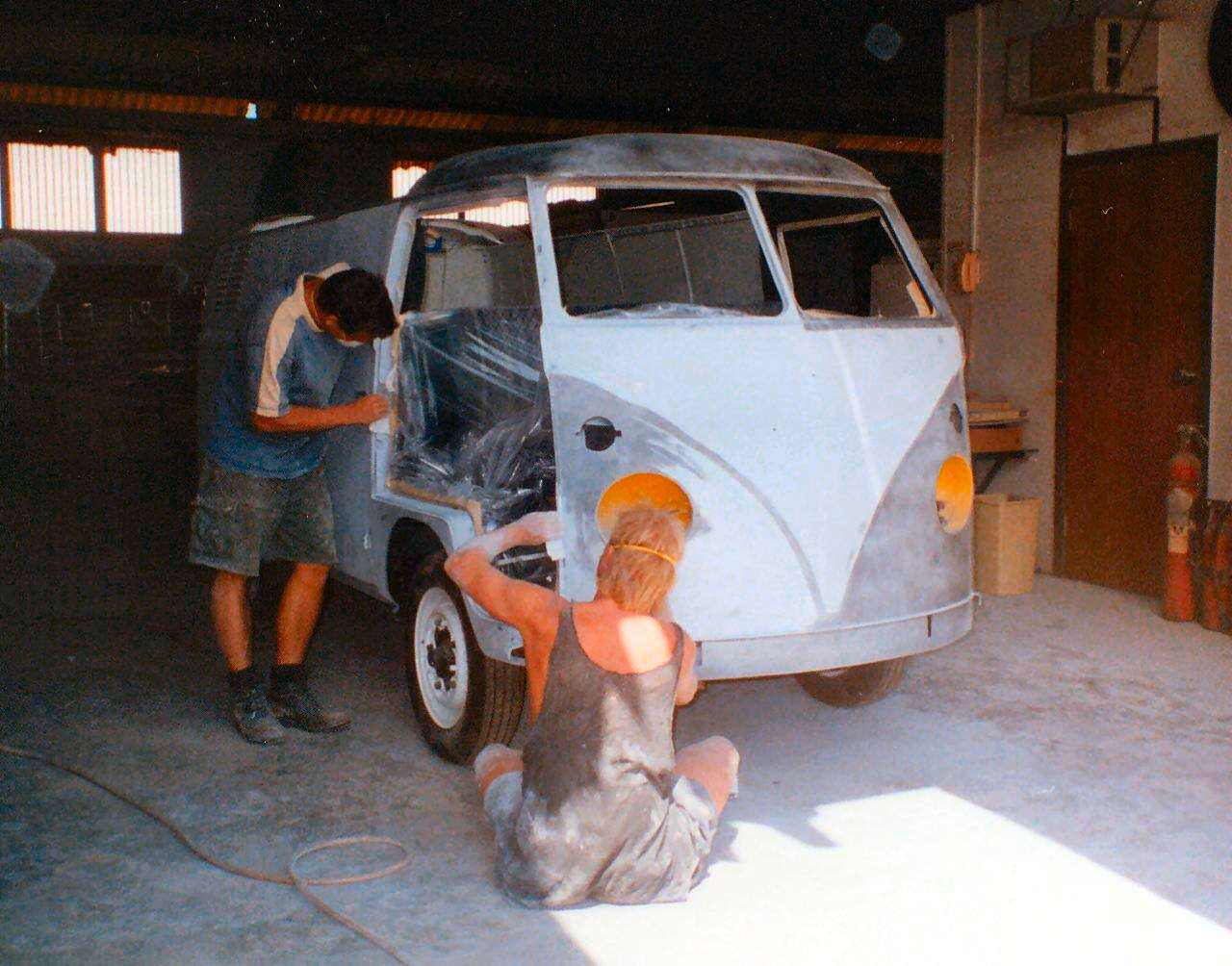 “These photos of the type of 1967 model Kombi
remembered by Bob Dorsett in volume 29 are of the AHSNT Kombi rebuilt by
army Lt Andre Hummel in Darwin a few years ago.
“These photos of the type of 1967 model Kombi
remembered by Bob Dorsett in volume 29 are of the AHSNT Kombi rebuilt by
army Lt Andre Hummel in Darwin a few years ago. 